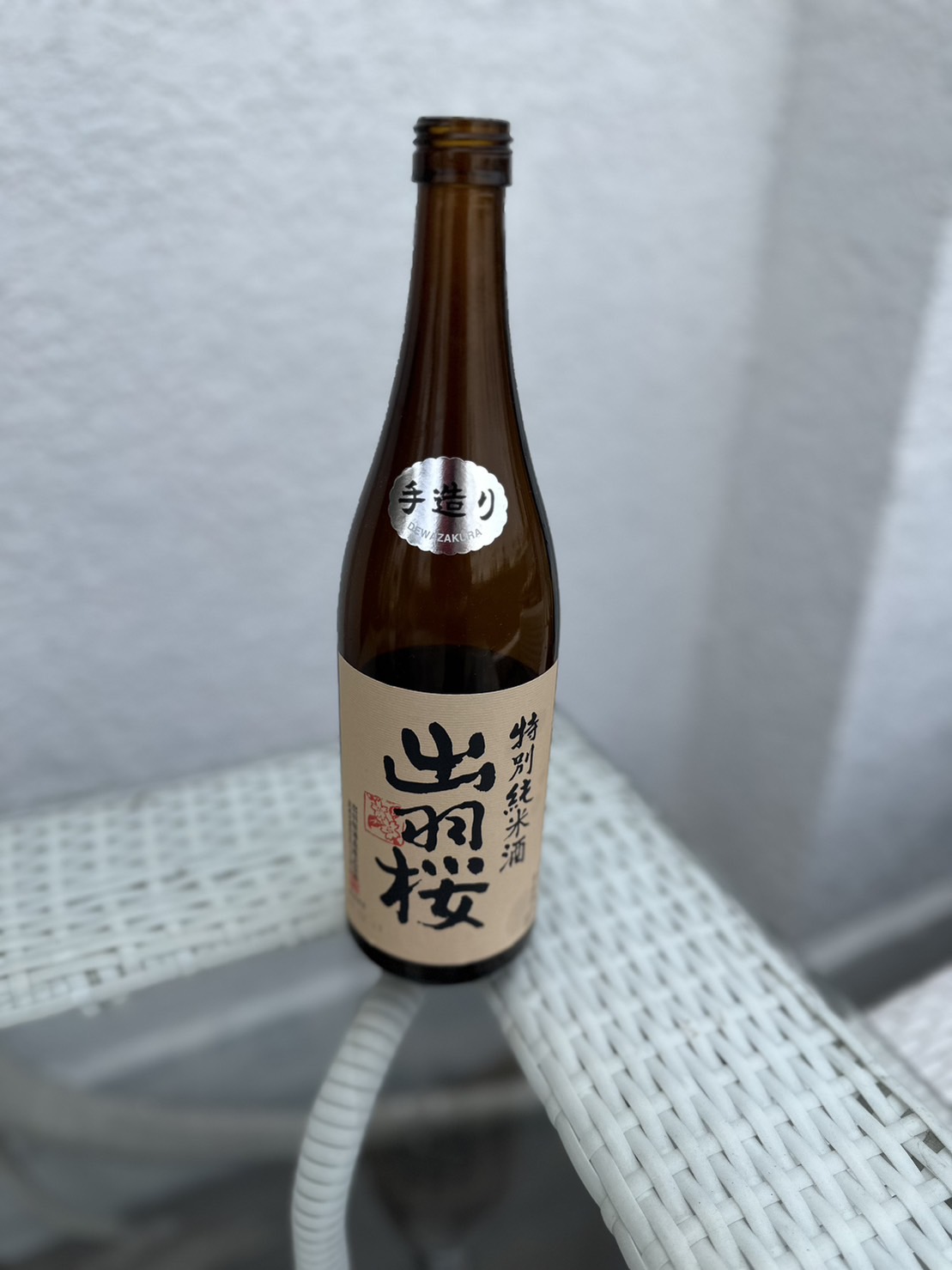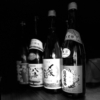What is a sake breweries shuzo? Difference from sake brewery
What is a sake breweries shuzo? Difference from sake brewery

What is the difference between sake breweries “shuzo" and “sake brewery"? Also explains the names that represent working people such as toji and brewers
Shuzo literally means “sake brewing". In this article, we will explain the meaning and history of sake brewing, as well as the differences from the often-confusing term “sake brewery,” as well as the names of people who work in the brewery, such as “toji” and “kuramoto.” Let’s deepen our knowledge of words related to sake that we didn’t know how to read and what they mean.
Basic information on brewing
First of all, I will explain the meaning, usage and difference between “shuzo” and “shuzo”. At the same time, let’s delve into the history of sake brewing in Japan.
What is the meaning of sake brewing?
Shuzo is pronounced “shuzo" and means to make sake.
It is used like “sake brewing industry", “sake brewer", “sake brewing license", etc., and is sometimes replaced with the words “sakazukuri" and “sake brewing" with the same meaning.
History of sake brewing
There are various theories about the origins of sake brewing in Japan, but the most convincing one is the one in the “Harimanokuni Fudoki" published about 1,300 years ago in the Nara period. There is a description that “Since the rice that was offered to the god became moldy, sake was brewed and offered as sacred sake, and a banquet was held."
Originally, sake was sacred and indispensable for Shinto rituals and court events, and until the early Heian period, sake was brewed at the Imperial Court’s government office, “Miki no Tsukasa." If you look at the book “Engishiki," you will find descriptions that form the basis of modern sake brewing, and you can see that various kinds of sake were brewed, such as sake made from wheat.
After that, sake brewing technology gradually spread to the private sector.
In the Muromachi period, the shogunate encouraged sake brewing, and the sake brewing industry developed greatly, mainly in Kyoto. In the sake brewing technical book “Goshu no Nikki" of this era, there is a description of the unique sake brewing method “Hiire", which shows the development of sake brewing technology.
In this way, various trials and errors have been repeated over time, and sake brewing technology has improved.
The difference between sake brewerys"shuzo" and “sake brewery"
If you convert “shuzo" to kanji on a PC or smartphone, both of them will come up as candidates, so it is easy to think that both sake brewery and sake brewery are read as “shuzo". However, the correct reading for sake brewery is sakagura.
While shuzo refers to the act or work of sake brewing,'' shuzo meansa storehouse for brewing and storing sake." Remember that “sake brewing takes place in a sake brewery".

names of people working in the brewing industry
Not only the names of sake brewers and sake breweries, but also the names of people who make sake for a living are often confused. Here, we will explain how to read representative names such as Kuramoto and Toji and their work.
Brewery
Kuramoto is read as “Kuramoto" and refers to the manager of a sake brewery that manufactures and sells sake.
Small and medium-sized sake breweries are often run by family members, and in that case, the owner’s family is also called the brewery.
chief brewer
Toji is read as “Toji" and refers to the person in charge of brewing at a sake brewery.
The toji is the leader of the brewery, and under the toji there are people called kurabito, who can be said to be the “supervisor" of the brewery. Most of our toji have excellent skills cultivated through many years of experience, and hold the national qualification of “sake brewing technician".
In recent years, there has been an increase in the number of sake breweries where the brewery themselves have studied their own brewing techniques at agricultural universities, etc., and where they themselves direct the brewing as chief brewers. In this case, it is called “Kuramoto Toji" because it serves as both Kuramoto and Toji.
Kuroudo
Kuroudo is a general term for craftsmen who make sake under the chief brewer. Although it can be read as Kurodo'' orKuroudo", the brewer as a profession in sake brewing is called “Kuroudo".
Depending on the scale of the sake brewery, the work you are in charge of will change, but you will be involved in all processes of sake brewing, from detailed work such as cleaning tools to advanced work that requires specialized knowledge and skills.
Kamaya
Kamaya (pronounced “kamaya”) is the person in charge of the process of steaming sake rice at a brewery. Koshiki steaming, kindling the kettle, washing and measuring the rice.
Depending on the brewery, sake brewing may be described as “first steaming, second steaming, third steaming", and the work of the Kamaya has a great influence on the quality of the sake.
Kojiya
Kojiya is read as “Kojiya" and refers to the person in charge of making rice koji in a sake brewery. It is sometimes called “Daishi".
In sake brewing, there is a saying, “first koji, second moto, third making", and it can be said that koji makers are the people who are responsible for the most important part of the sake production process.
Motoya
Motoya is pronounced as “motoya". The moto is the shubo that is the base of the sake. It is the job of the motoya to manage the making of the shubo in a place called the shubo room.
boatman
The boatman is pronounced “Sendo" and is in charge of the process of squeezing the finished moromi.
Since the tools used for squeezing are called fune, the tank is likened to a “boat", and the name “boatman" came to be used as the role of bundling the brewers who row the boat.
This time, I explained the word sake breweries"shuzo" that I often see when learning about sake. Knowing the meaning of “shuzo" and the names of the people involved in brewing will also give you an opportunity to experience the history and techniques of sake. If you pay attention to the meaning of each word, you will feel more familiar with sake.





